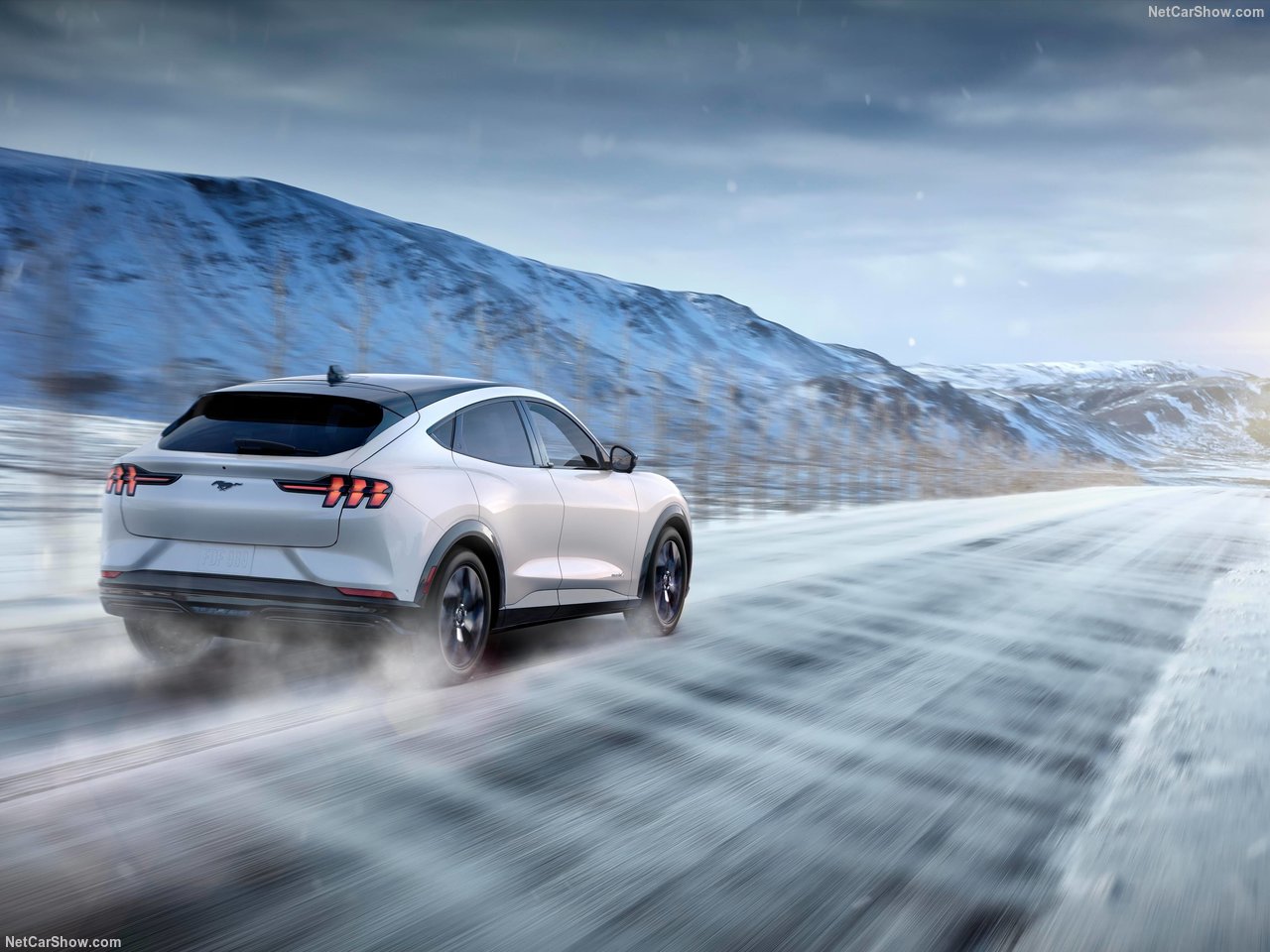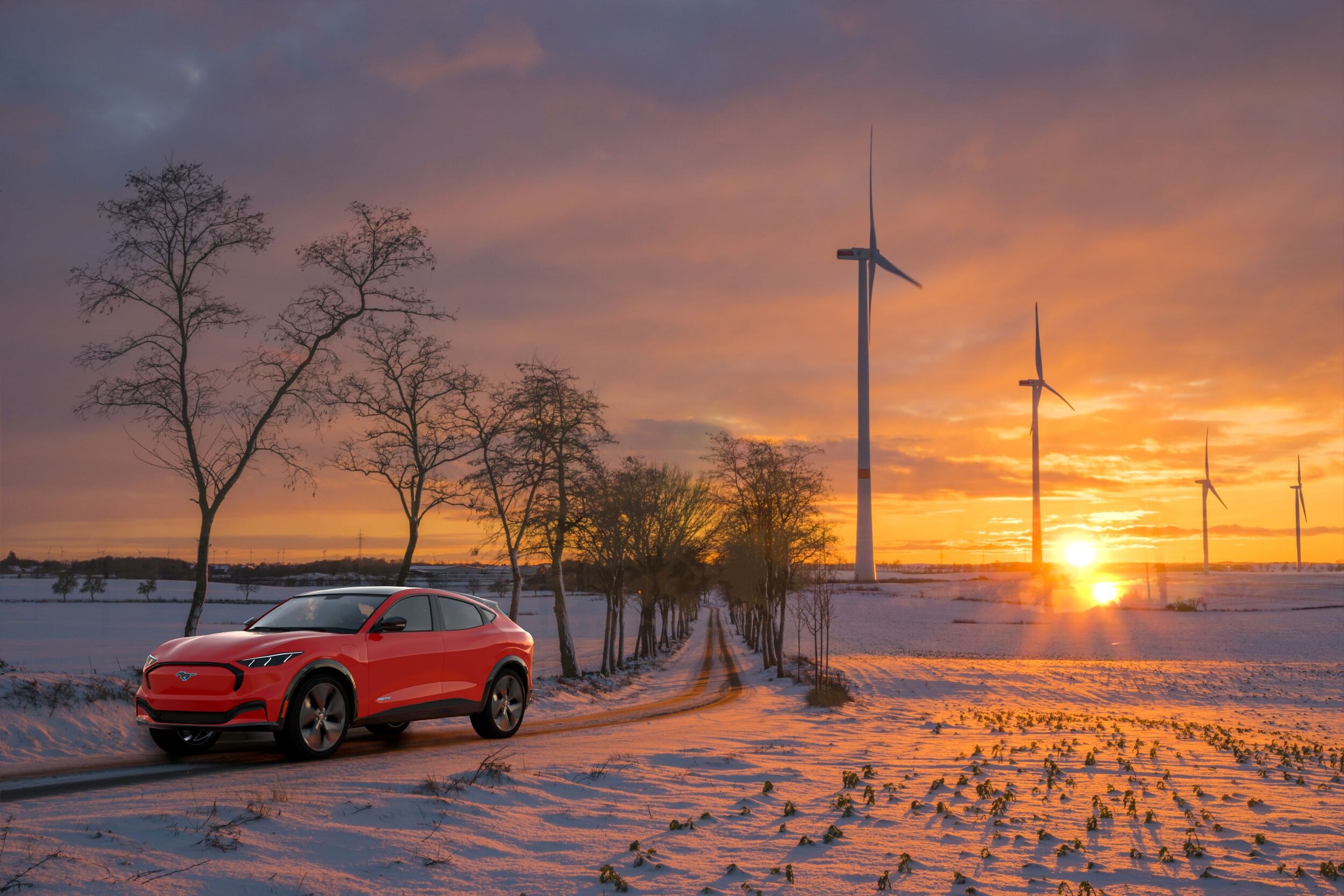
How Well Do Electric Cars Work in Cold Weather?
The weather outside might be frightening, but with your Ford EV, it doesn't have to scare you from driving this winter. Electric cars have gained immense popularity in recent years thanks to their environmental benefits, cost savings on fuel, and advanced technology. However, one question that often crosses the minds of potential electric vehicle (EV) owners in Colorado is how well these cars perform in cold weather conditions. Here at Phil Long Ford of Chapel Hills, we understand the importance of addressing this concern. In this blog, we'll delve into the performance of electric cars in chilly temperatures and provide you with tips on how to make the most of your EV during winter.
Battery Efficiency in Cold Weather
One of the primary concerns when it comes to electric cars in cold weather is their battery performance. Electric car batteries are lithium-ion-based, and like all batteries, their efficiency can be affected by temperature extremes. In cold weather, the chemical reactions within the battery slow down, which can lead to reduced range and performance. It's important to understand your EV's range limitations and the need to charge more often in cold weather so you're not stranded by a dead battery.
During frigid winter months, you may notice that your EV's range is not as impressive as it is in milder weather. This is because the cold temperature affects the battery's ability to store and deliver energy. Advancements in battery technology have helped mitigate this issue, but it is always something to keep in mind when traveling longer distances in the winter with your EV. Many modern electric cars come equipped with battery thermal management systems that help maintain optimal battery temperature, thereby improving efficiency in cold weather.

Tips for Maximizing Range in the Cold
While cold weather may impact your electric car's range to some extent, there are several strategies you can use to make the most of your EV during winter:
Precondition Your Car: Many electric cars come with a feature that allows you to precondition the cabin and battery while the car is still plugged in. This helps warm up the interior and bring the battery to a suitable temperature, which can significantly improve range and performance.
Limit Use of Heaters: Heating the cabin can be a significant drain on your EV's battery. To conserve energy, consider using heated seats or a heated steering wheel instead of blasting the cabin heater. Additionally, use the climate control system more efficiently by preheating the car while it's still charging.
Plan Your Routes: Cold weather can reduce your electric car's range, so it's important to plan your trips accordingly. Use navigation apps that consider temperature and elevation changes to estimate your range more accurately.
Drive Conservatively: Aggressive driving, such as rapid acceleration and high-speed driving, can reduce your EV's efficiency. Drive more conservatively in cold weather to maximize your range.
Keep Your Car Plugged In: If possible, keep your electric car plugged in when it's not in use. This not only helps maintain the battery's temperature but also ensures that the car is ready to go with a full charge when you need it.

Charging Challenges in Cold Weather
Charging an electric car in cold weather can also pose some challenges. Cold temperatures can slow down the charging process, especially if you're using a DC fast charger. Charging power may be limited to protect the battery from extreme cold, which means longer charging times.
To overcome these challenges, consider the following tips:
Use Level 2 Charging: Level 2 chargers, which are often installed at home or in public charging stations, provide a more stable and controlled charging process compared to fast chargers. They are less affected by temperature fluctuations, making them a better choice in cold weather.
Keep Charging Cables Warm: Cold charging cables can become stiff and less flexible, making them harder to handle. Store your charging cables indoors or in a heated space to keep them pliable.
Check Charging Station Availability: Cold weather can increase demand for charging stations, so it's a good idea to check the availability of charging stations along your route, especially during long trips.

Electric cars have come a long way in terms of cold weather performance, thanks to advancements in battery technology and thermal management systems. While it's true that extremely cold temperatures can affect an electric car's range and charging speed, these challenges can be overcome with some preparation and smart driving habits.
At Phil Long Ford of Chapel Hills, we believe that electric cars can be a practical and sustainable choice for year-round driving, even in cold weather. By following the tips outlined in this blog, you can make the most of your electric car's capabilities during the winter months and enjoy the many benefits that EV ownership has to offer. Stay warm, stay efficient, and continue to embrace the future of transportation with your electric vehicle.
-
Phil Long Ford of Chapel Hills
1565 Auto Mall Loop
Colorado Springs, CO 80920
- Sales: 719-413-6467
